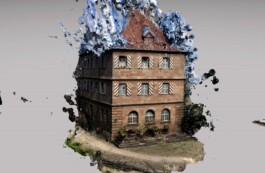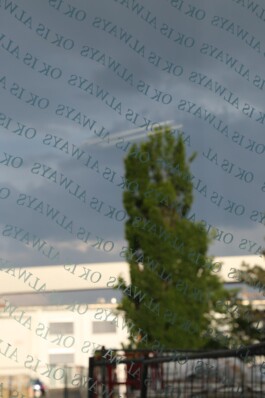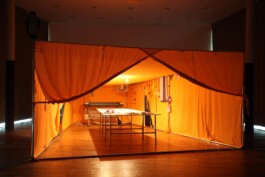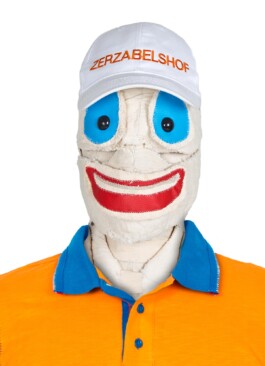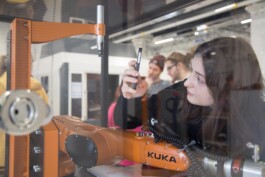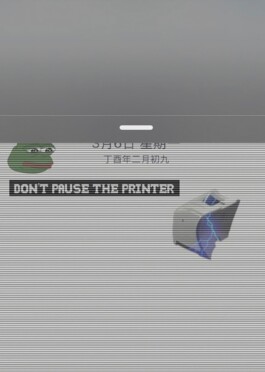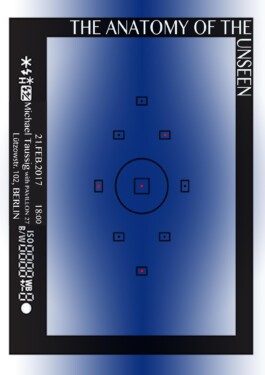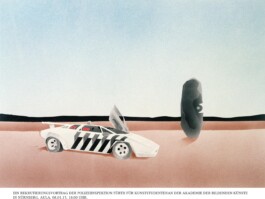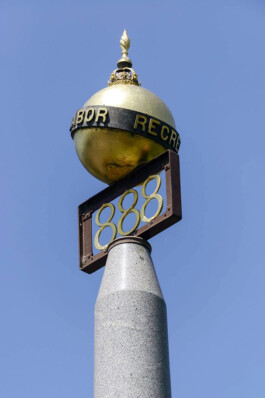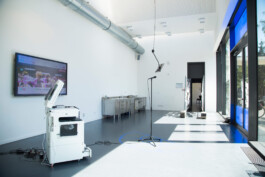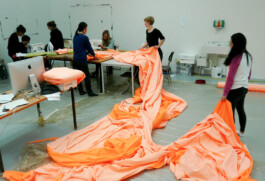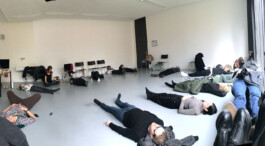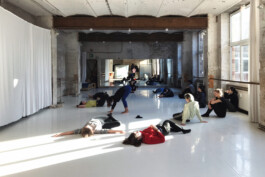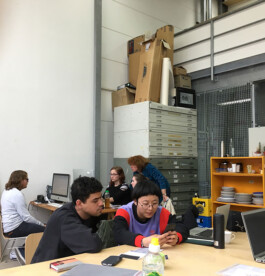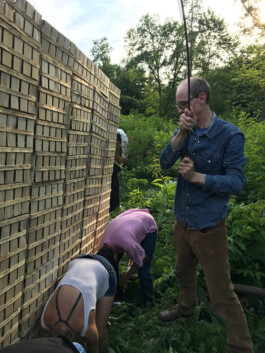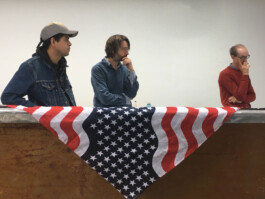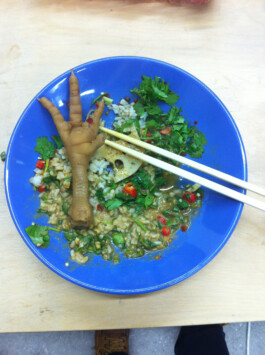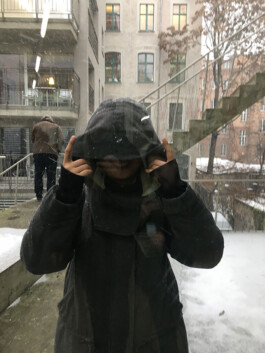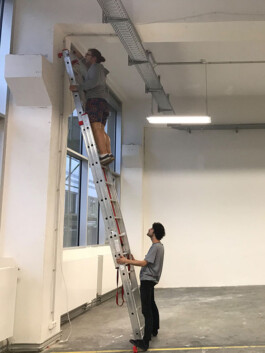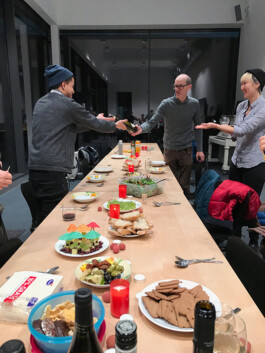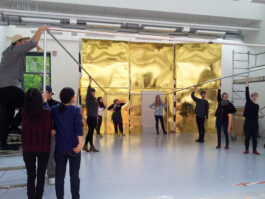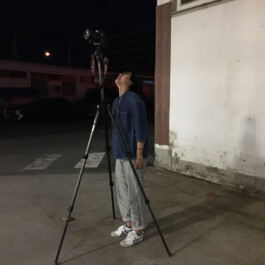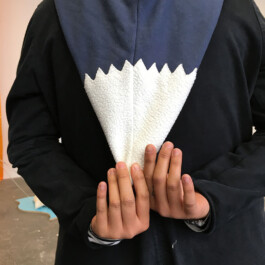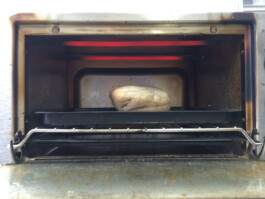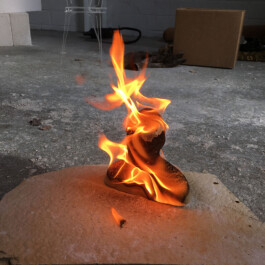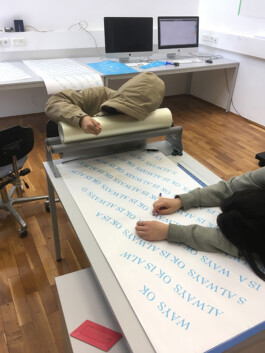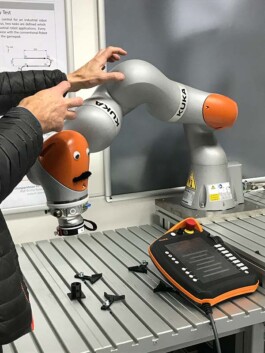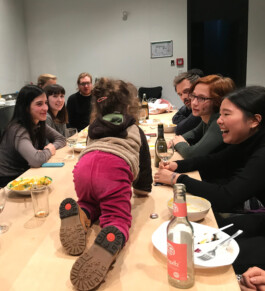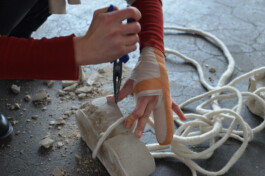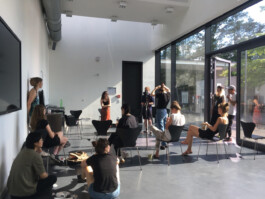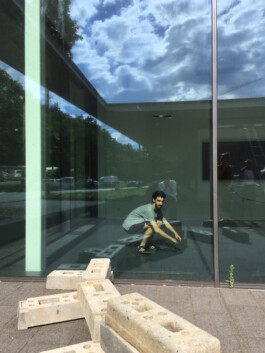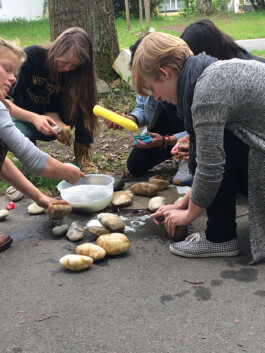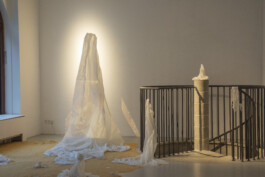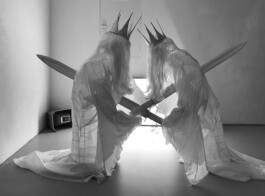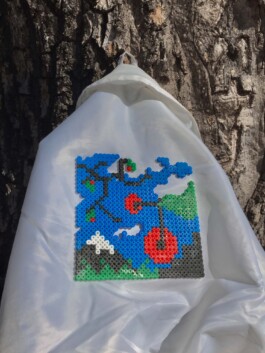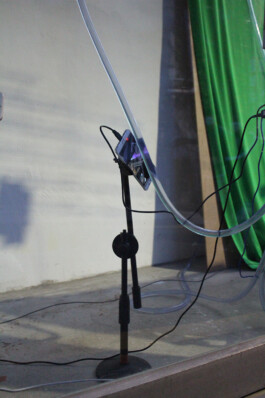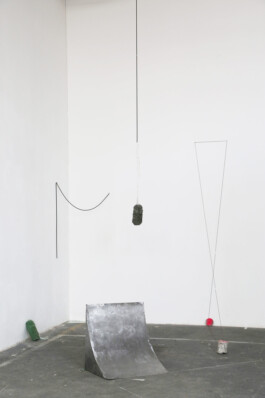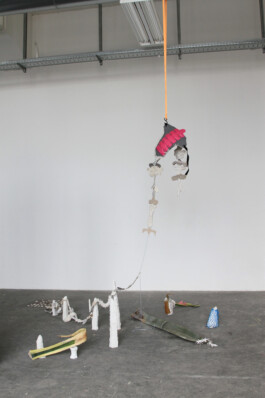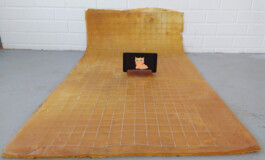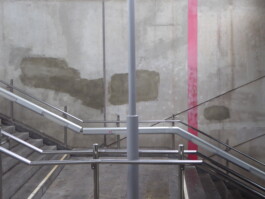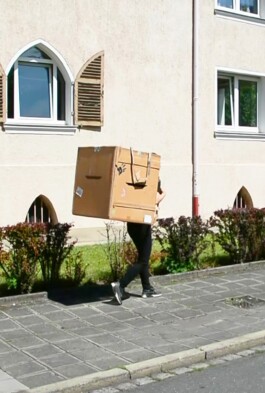Karaoke Analytica: trials in human-machine communication, 2018

Karaoke Analytica, 2018 (Detail)

Karaoke Analytica, 2018 (Detail)
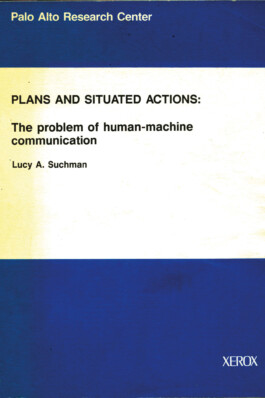
Lucy A. Suchmann: Plans and Situated Actions, 1987, (Cover)
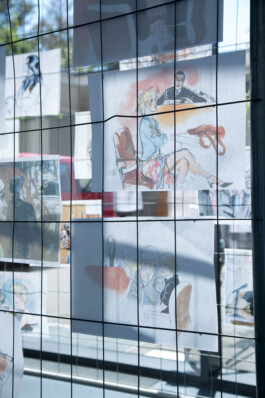
Karaoke Analytica, 2018 (Detail)
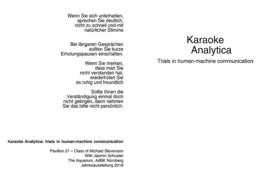
Karaoke Analytica, 2018 (Detail)
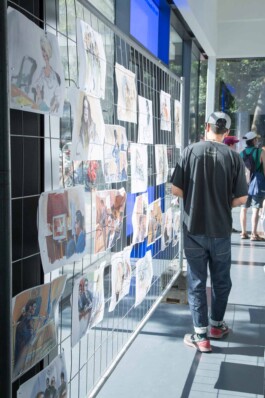
Karaoke Analytica, 2018 (Detail)
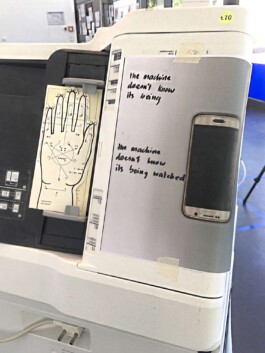
Karaoke Analytica, 2018 (Detail)
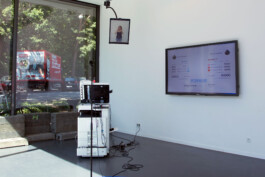
Karaoke Analytica, 2018 (Detail)
Karaoke Analytica: trials in human-machine communication
The Committees on the Judiciary and Commerce, Science and Transportation will come to order. We welcome everyone to today's hearing on the definition of machine intelligence.
We will move into question time soon; each member will have four minutes, but since the field lacks any legal protocol how shall we begin? Who can help? Does anyone here have an expertize in human-machine communication? Can machines participate as jury members? How does a jury become a jury? What does it mean for machines to have legal status? How can we put machines on trial and what kinds of hearings would be appropriate for them?
The first legal object was rope, then came stone (a close second), then walls, steel-bars, and eventually concrete. Like rope, which restrains only when fully extended, the law can only be felt when your course is restricted. Keeping account of all this are the mountains and mountains of documents and machines.
At Xerox PARC, the corporation’s famous Palo Alto research facility, the anthropologist Lucy Suchman, extended the use of non-participant observation – an ethnographic method – to the copy machine and its user. Trials were videotaped in an attempt to describe rather than explain how human-machine communication happens in practice. Numerous interactions were studied but rarely did the procedure go according to plan; neither to the human’s nor the machine’s. Discrepencies between user and machine, Suchman argued, were the result of a clash between the designers’ idea of how plans are ideally made and executed and how they are actually made and executed in practice.
Karaoke Analytica situates objects, documents, machines, users, jurors and non-participant observers in a trial 3-way communication between a karaoke machine, a copy machine, and an expert user*. Hearings are witnessed by both a live jury and a machine jury alongside an assembly of non-participant observers.
Special thanks to Jasmin Schuster, who completed the system by performing sign language karaoke.
Karaoke Analytica was awarded the "Class Prize", Jahresausstellung 2018 at the Academy of Fine Arts, Nuremberg.

Karaoke Analytica: trials in human-machine communication, 2018

Karaoke Analytica, 2018 (Detail)

Karaoke Analytica, 2018 (Detail)

Lucy A. Suchmann: Plans and Situated Actions, 1987, (Cover)

Karaoke Analytica, 2018 (Detail)

Karaoke Analytica, 2018 (Detail)

Karaoke Analytica, 2018 (Detail)

Karaoke Analytica, 2018 (Detail)

Karaoke Analytica, 2018 (Detail)
Karaoke Analytica: trials in human-machine communication
The Committees on the Judiciary and Commerce, Science and Transportation will come to order. We welcome everyone to today's hearing on the definition of machine intelligence.
We will move into question time soon; each member will have four minutes, but since the field lacks any legal protocol how shall we begin? Who can help? Does anyone here have an expertize in human-machine communication? Can machines participate as jury members? How does a jury become a jury? What does it mean for machines to have legal status? How can we put machines on trial and what kinds of hearings would be appropriate for them?
The first legal object was rope, then came stone (a close second), then walls, steel-bars, and eventually concrete. Like rope, which restrains only when fully extended, the law can only be felt when your course is restricted. Keeping account of all this are the mountains and mountains of documents and machines.
At Xerox PARC, the corporation’s famous Palo Alto research facility, the anthropologist Lucy Suchman, extended the use of non-participant observation – an ethnographic method – to the copy machine and its user. Trials were videotaped in an attempt to describe rather than explain how human-machine communication happens in practice. Numerous interactions were studied but rarely did the procedure go according to plan; neither to the human’s nor the machine’s. Discrepencies between user and machine, Suchman argued, were the result of a clash between the designers’ idea of how plans are ideally made and executed and how they are actually made and executed in practice.
Karaoke Analytica situates objects, documents, machines, users, jurors and non-participant observers in a trial 3-way communication between a karaoke machine, a copy machine, and an expert user*. Hearings are witnessed by both a live jury and a machine jury alongside an assembly of non-participant observers.
Special thanks to Jasmin Schuster, who completed the system by performing sign language karaoke.
Karaoke Analytica was awarded the "Class Prize", Jahresausstellung 2018 at the Academy of Fine Arts, Nuremberg.

